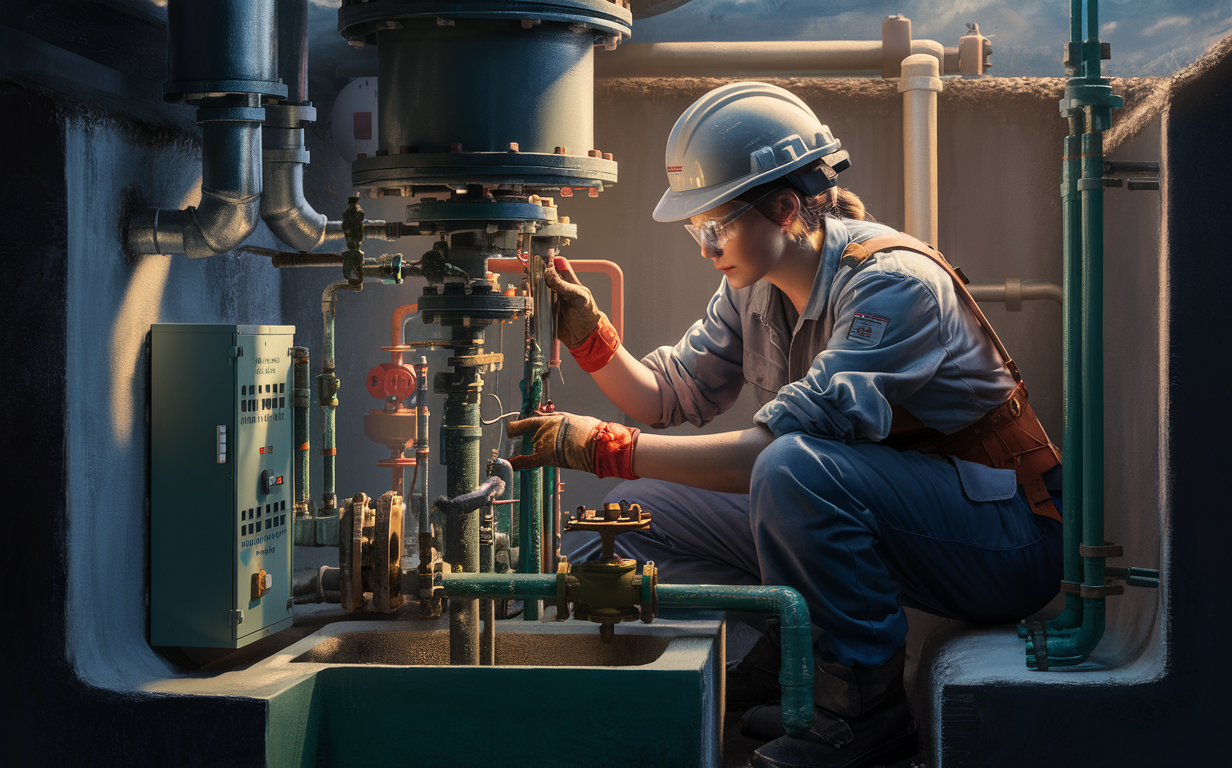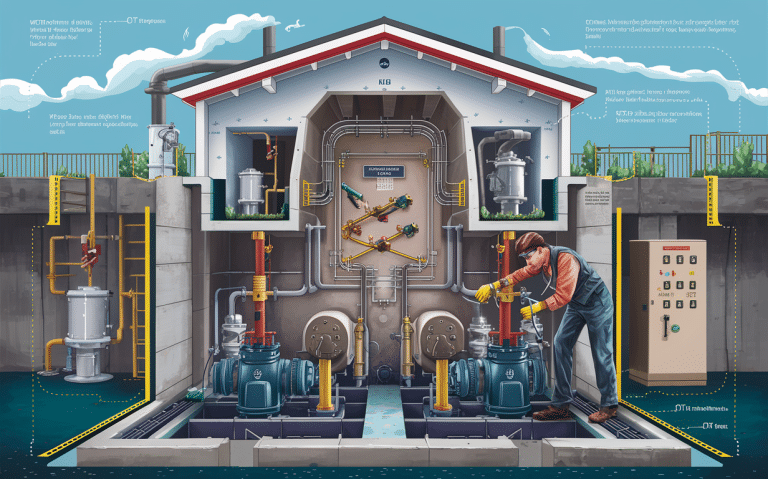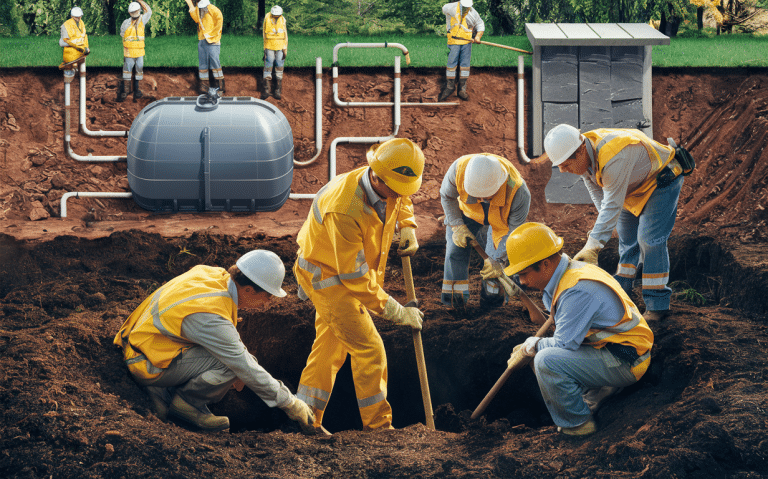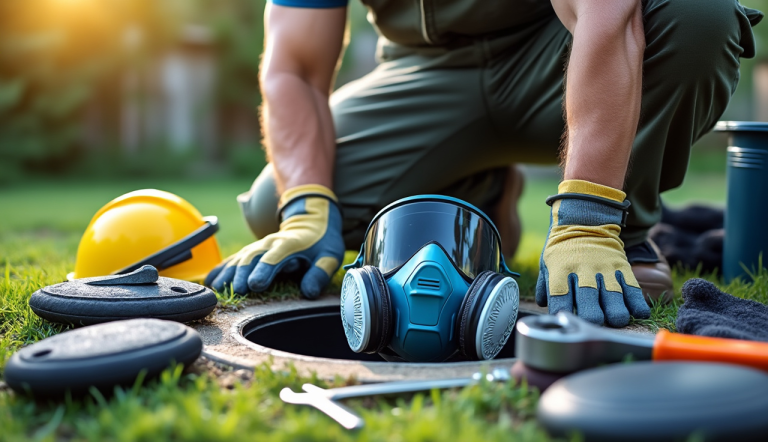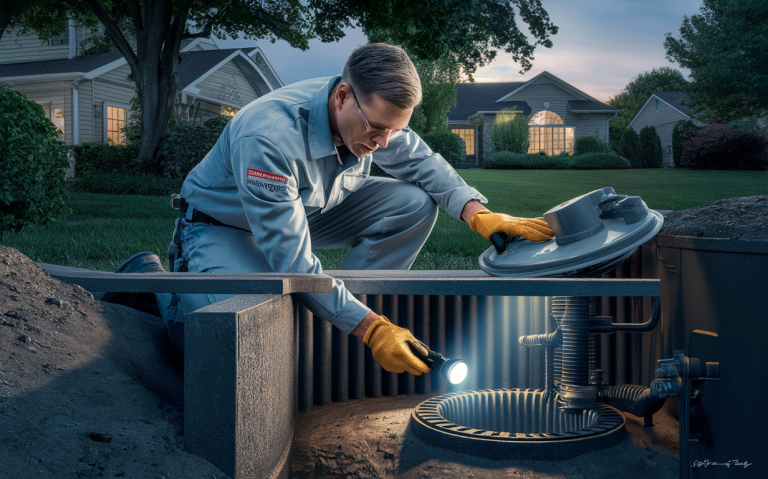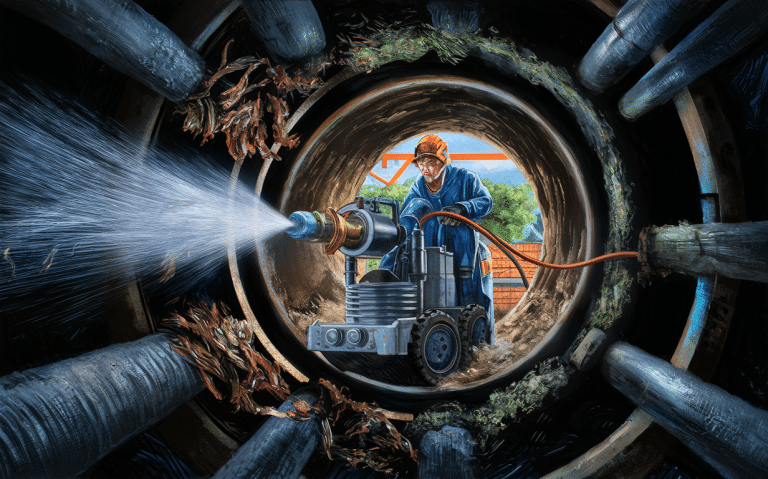Essential Maintenance Requirements for Lift Stations in Septic Systems
Essential Maintenance Requirements for Lift Stations in Septic Systems
Maintaining lift stations in septic systems is essential for preventing costly breakdowns and ensuring the efficient operation of the entire wastewater system. Lift stations are critical components that pump wastewater from lower to higher elevations, allowing for proper flow through sewer lines and septic systems.
Without regular maintenance, these systems can experience failures that might lead to environmental hazards and significant repair costs.
Key Takeaways
- Lift stations are crucial for managing wastewater flow in septic systems.
- Regular inspections and maintenance can prevent failures and costly repairs.
- Components such as pumps, motors, and control systems need periodic checks.
- Emergency protocols should be in place to handle unexpected issues.
- Proper documentation is necessary for tracking maintenance and repairs.
The Importance of Lift Stations in Septic Systems
Lift stations are essential for areas where gravity flow is insufficient to transport wastewater. These systems use pumps to move sewage from lower elevations to higher elevations, ensuring it reaches the treatment facility or septic tank. A malfunctioning lift station can result in sewage backups, environmental contamination, and health risks.
Understanding Lift Stations
Lift stations consist of several key components, each requiring regular attention:
- Pumps and motors: Responsible for moving wastewater.
- Control systems: Manage the operation of the pumps.
- Float switches: Trigger pumps based on wastewater levels.
- Backup power systems: Ensure operation during power outages.
Common Issues and Preventive Measures
Lift stations can encounter several problems, such as pump failures, electrical issues, and clogged intake screens. Preventive maintenance can mitigate these risks:
- Pump Maintenance: Regularly inspect and clean pumps to prevent clogging and wear. Replace worn-out parts as necessary.
- Electrical System Checks: Ensure all electrical components are functioning correctly and conduct routine inspections to avoid failures.
- Float Switch Inspections: Verify that float switches are operating correctly and replace any faulty switches.
- Backup Systems: Maintain and test backup power systems to ensure functionality during outages.
Essential Maintenance Tasks
To maintain lift stations effectively, follow these essential tasks:
Regular Inspections
Conduct thorough inspections of all lift station components to identify potential issues early. Inspections should check for:
- Pump performance: Measure the flow rate and pressure to ensure optimal performance.
- Electrical systems: Inspect wiring, connections, and control panels for signs of wear or damage.
- Float switches: Test operation and responsiveness to wastewater levels.
- Backup systems: Verify the readiness of backup generators and power supplies.
Preventive Maintenance Schedule
Create a maintenance schedule to ensure all tasks are completed regularly:
| Task | Frequency | Responsible Party |
|---|---|---|
| Pump inspection and cleaning | Monthly | Maintenance Technician |
| Electrical system check | Quarterly | Licensed Electrician |
| Float switch testing | Bi-monthly | Maintenance Technician |
| Backup system maintenance | Semi-annually | Generator Specialist |
Emergency Response Protocols
Develop emergency response protocols to address any unexpected issues promptly. These protocols should include:
- Immediate actions: Steps to take in case of pump failure, power outage, or other emergencies.
- Contact information: List of emergency contacts, including maintenance contractors and utility providers.
- Backup plans: Procedures for using backup systems and alternate waste disposal methods.
Experiences and Insights To Help You Decide
At United Sewer & Septic, we’ve witnessed firsthand the importance of regular maintenance for lift stations in septic systems. For instance, one of our commercial clients experienced a pump failure due to lack of maintenance, resulting in significant downtime and repair costs.
After implementing a preventive maintenance schedule, they saw a dramatic reduction in unexpected breakdowns and operational costs.
Lessons Learned
- Consistent Maintenance: Regular maintenance is key to avoiding costly repairs and ensuring continuous operation.
- Proactive Inspections: Identifying issues early through routine inspections can prevent larger problems.
- Skilled Technicians: Employing skilled technicians ensures that maintenance tasks are performed correctly.
- Documentation: Keeping detailed records of maintenance and repairs helps in tracking issues and planning future maintenance.
Recommended Tools and Equipment
To perform maintenance effectively, the following tools and equipment are essential:
- Inspection cameras: For visual inspections of pumps and piping.
- Multimeters: To test electrical components.
- Flow meters: To measure pump performance.
- Backup generators: To ensure continuous operation during power failures.
Additional Insights and Considerations
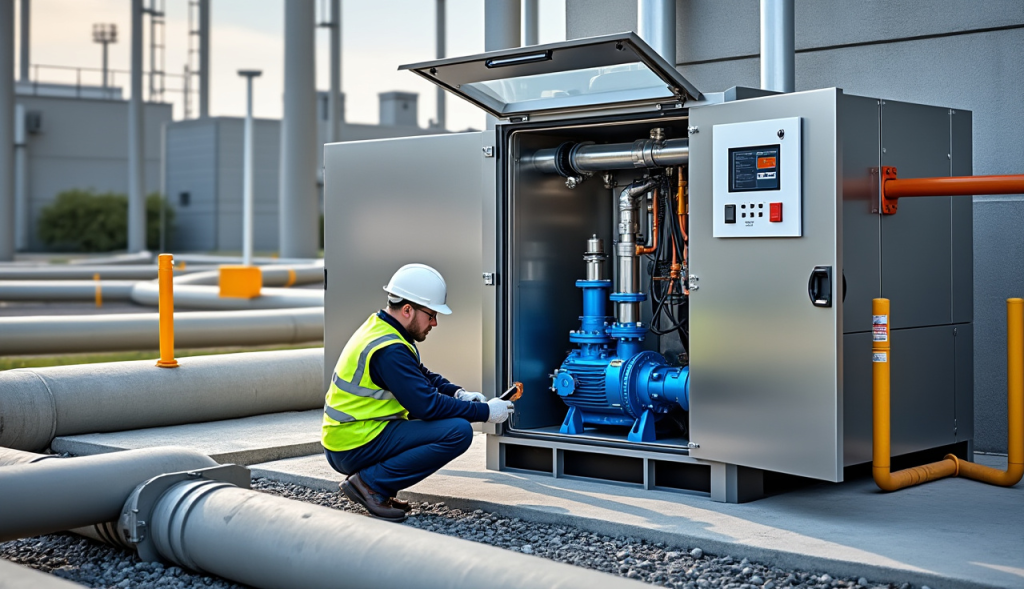
Monitoring and Automation
Modern lift stations can benefit from automation and remote monitoring systems. These systems provide real-time data on pump performance, wastewater levels, and electrical status, allowing for quicker response to potential issues.
Automation Benefits:
- Real-time monitoring: Detect issues early and respond promptly.
- Data collection: Analyze performance data to improve maintenance strategies.
- Remote control: Manage lift station operations from a central location.
Environmental Impact
Proper maintenance of lift stations also plays a crucial role in minimizing environmental impact. By preventing failures and overflows, maintenance helps protect local water sources and ecosystems from contamination.
Cost-Benefit Analysis
While regular maintenance incurs costs, the benefits far outweigh the expenses. A cost-benefit analysis can demonstrate the long-term savings from avoiding major repairs and environmental fines.
| Maintenance Task | Estimated Cost | Potential Savings |
|---|---|---|
| Monthly pump inspection | $200 | $2,000 in repair costs |
| Quarterly electrical check | $500 | $5,000 in emergency repairs |
| Bi-monthly float switch test | $150 | $1,500 in downtime expenses |
| Semi-annual backup maintenance | $800 | $10,000 in operational losses |
Training and Certification
Ensuring that maintenance technicians are trained and certified can improve the quality of maintenance work. Certifications such as those from the National Environmental Health Association (NEHA) can provide technicians with the knowledge and skills required for effective maintenance.
Certification Advantages:
- Improved expertise: Technicians gain specialized knowledge.
- Higher quality work: Certified technicians perform tasks more accurately.
- Compliance: Ensures adherence to industry standards and regulations.
Key Components and Their Maintenance
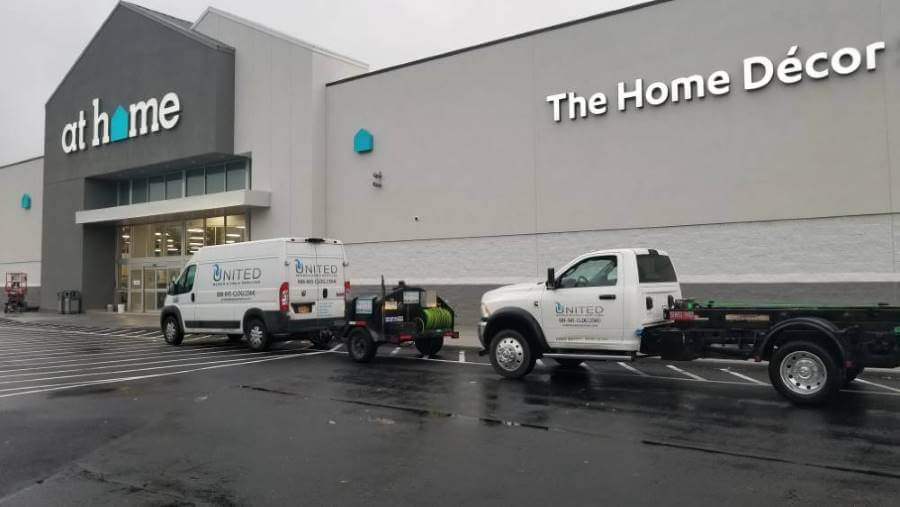
Pumps and Motors
The heart of any lift station, pumps and motors require regular attention to ensure they function correctly. Inspect for signs of wear, unusual noises, and decreased performance.
Control Systems
Control systems manage the operation of the lift station, including pump activation and deactivation. Regularly check control panels for any malfunctions, and update software as needed.
Float Switches
Float switches trigger the pumps based on wastewater levels. Ensure they are free from debris and functioning properly to avoid false triggers or failures.
Backup Power Systems
Backup power systems are critical for maintaining operation during power outages. Regularly test generators and battery backups to ensure they are in working order.
Planning for Long-Term Maintenance
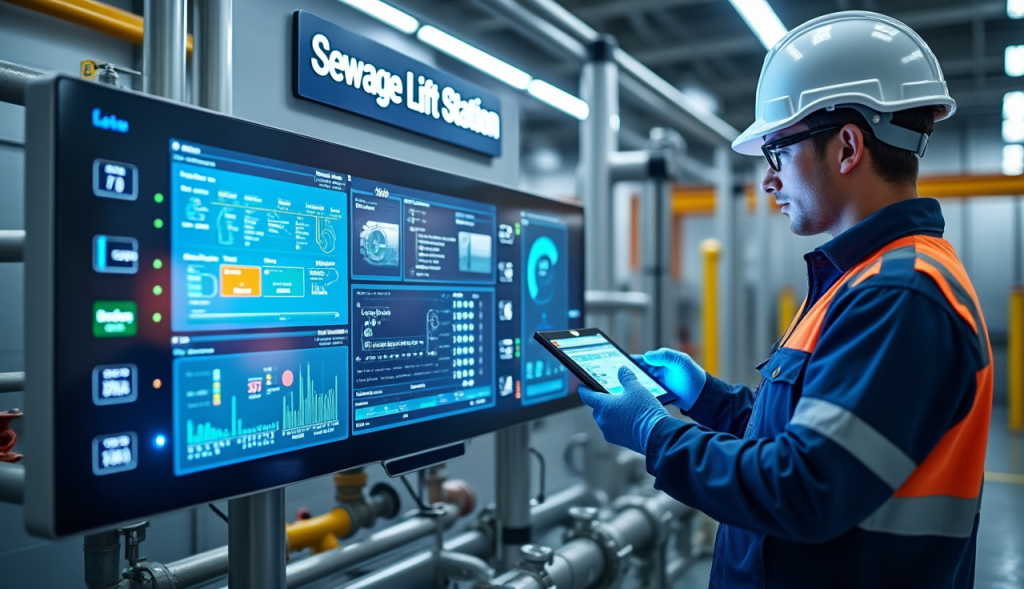
Maintenance Contracts
Consider engaging in maintenance contracts with professional service providers. These contracts can offer regular inspections, preventive maintenance, and emergency support.
Budgeting for Maintenance
Allocate a budget specifically for lift station maintenance. This ensures that funds are available for routine tasks and unexpected repairs.
Documentation and Records
Maintain detailed records of all maintenance activities, inspections, and repairs. This documentation helps track the history of the lift station and plan future maintenance more effectively.
Conclusion
Ensuring lift stations in septic systems receive regular maintenance is crucial for the efficient and safe operation of wastewater systems. By following a comprehensive maintenance schedule, conducting regular inspections, and preparing for emergencies, you can prevent costly breakdowns and protect the environment.
At United Sewer & Septic, we are committed to providing expert maintenance services to keep your lift stations running smoothly. Contact us today to learn more about our services and how we can help you maintain optimal performance in your septic systems.
Call us for any sewer issues at (845) 637-3544!

